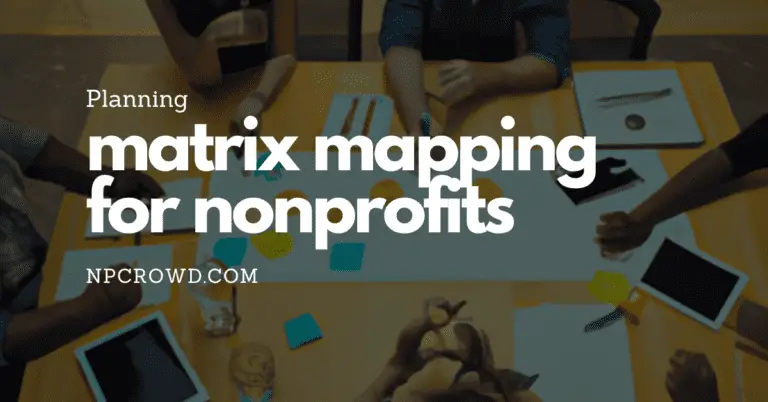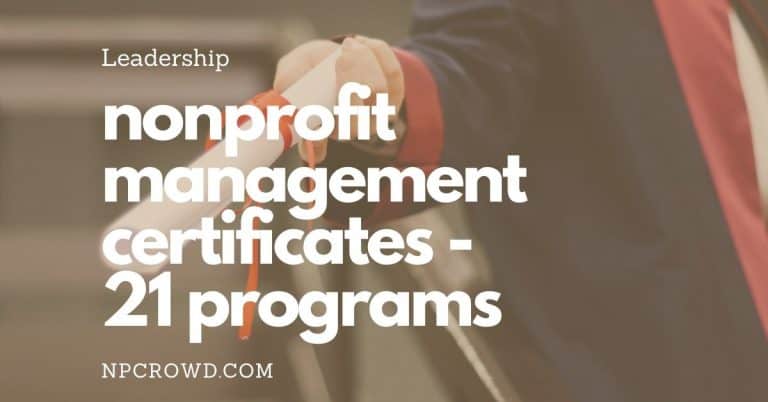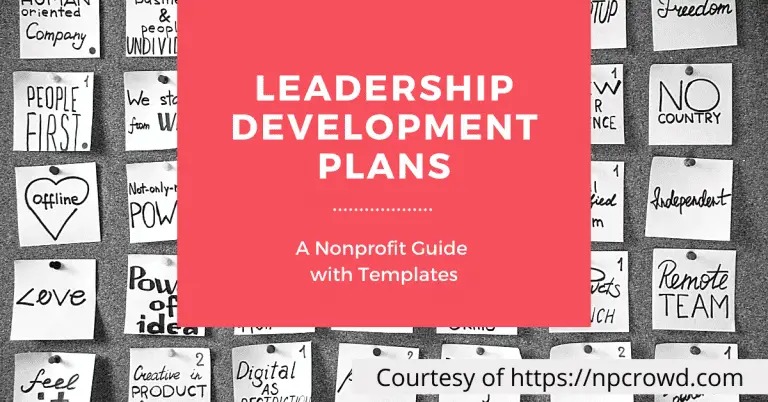6 Tips to Build Culture in a Nonprofit Organization
Disclaimer: This post may contain affiliate links. These links, if used and purchases made, we may earn a small commission. These affiliate programs do not impact the recommendations we make or the resources we refer you to. Our focus is on providing you the best resources for your nonprofit journey.
Building a culture in an organization is not easy. For a positive culture to occur, people need to be engaged in the work and interested in the mission. We have learned that there are different ways to build this culture. One way is by establishing values, another way is by developing rituals or ceremonies, and yet another way is through storytelling.In order for any of these methods to work, they need to be done with intentionality and authenticity. Culture building is not about blindly following a formula, but it’s about creating a space where employees are encouraged to think for themselves.
Culture is built in an organization across 6 steps; Define your values and beliefs, communicate your values and beliefs to employees, create an atmosphere where people want to work, celebrate growth and achievements, promote solutions, not problems, be proud of who you are as an organization.
Yes, your leadership style has a huge impact on the organization’s culture, but it is not the only thing.
Let’s dig into these tips and see how you can begin positively creating a culture of success.
1. Define Your Values and Beliefs
Values and beliefs are the most important thing that defines your organization. When you know your values and beliefs, you can more easily know what is right or wrong for your life. The same goes for an organization.
Values and beliefs are unique to each organization. They define who we are at our core. Values and beliefs dictate how we live our lives, how we act towards other people, what our ambitions are, what morals we hold dear, which goals we pursue, and so on.
What is right for one organization’s values cannot simply be copied from one organization to another. You and your leadership team must take the time to define your culture.
It is important to know what our values and beliefs are to work together toward common goals and do so in a manner consistent with the organization we wish to be.
If you are implemented the EOS framework, this is a key first step, defining your core values.
2. Communicate Your Values and Beliefs to Employees
Every company has its own values and beliefs. While these are usually laid out in a company’s strategic plan or mission statement, it is hard for employees to understand the company’s values on an emotional level. This leads to breakdowns in communication between management and employees.
However, by communicating your values and beliefs with your employees regularly, you will create more unity within the organization while also understanding what motivates them.
When communicating these core values and beliefs, don’t just do it once. Do it so often you may feel people are tired of hearing it but keep talking about it. If, in fact, what you communicate are core values, then they are the “contract” by which everyone should be working together. It’s so important that it becomes the first thing.
3. Create an Atmosphere Where People Want to Work
Organizations should be careful about their office atmosphere to attract and keep top talent.
People are more likely to be attracted to companies that have a positive atmosphere. That is why companies and nonprofits should take time and effort to create an environment that welcomes all.
They can do this by providing great benefits like health insurance, decent salaries, great places to work, and many other perks.
In addition, they should also take time to take care of the people that are already working there. Companies can do this by providing wellness programs or social events for the employees to feel like they are a part of something big and have what it takes to succeed.
Most importantly, organizations should build a high-trust environment by hiring high-quality staff, trusting them to do their work well, and addressing performance issues without micro-managing teams.
Low-trust teams cannot adhere to core beliefs long-term, leading to a lack of success.
4. Celebrate Growth and Achievements
It is important to congratulate one another for their hard work and achievements.
Successful companies celebrate the accomplishments of their employees. This strategy is critical in making sure that employees feel appreciated and valued.
Even something as simple as a “shout-out” system where peers can write up positive affirmations of other staff for public acknowledgment can do wonders for culture.
5. Promote Solutions, Not Problems
Promoting solutions is key to solving problems. Solutions are what people want, not problems.
You want to see your company culture evolve to be a place that seeks to solve problems, not just gripe about them.
Refuse to allow employees to have gripe sessions. These sessions can turn into unhealthy gossip fests. There are two rules we like to follow:
- Do not talk about a problem with someone who does not have the ability to change it.
- Every problem must be accompanied by at least one potential solution.
One example of rewarding creative problem-solving is to incentivize staff at your organization with bonuses for cost-saving solutions. These bonuses are offered on the amount of savings made, and they can be used to help incentivize creativity and drive innovation across a variety of departments.
Instead of money, give away hours or days off, gift cards, or special collectible swag only used for this type of incentive program.
6. Be Proud of Who You Are as an Organization
Be proud of the current or future culture you have cultivated over the organization’s history. Demonstrate that you are proud of your employees, their work, and what specifically they are doing that is encouraging.
As an organization, if you are committed to being as diverse as possible and ensuring that everyone in our organization feels welcome and comfortable at all times, then set policies and encourage behaviors that exemplify this value.
Conclusion
“Culture eats strategy for breakfast” – Peter Drucker
This quote is the epitome of why culture should be a priority for every organization. Without a positive culture, the ability to execute the strategy and plans will suffer.
Culture always exists in an organization. The question is, what type of culture do you want? If leaders are not intentional in defining and shaping their culture, it will be defined for them, good or bad.
These six tips will help you define and build your nonprofit culture in a way that is intentional and can lead to significant success and increased impact.







